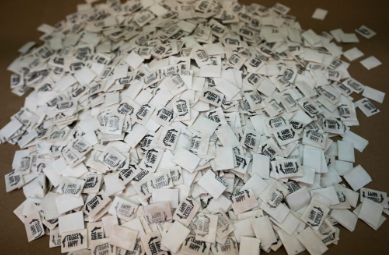Bertrand Monnet isn’t your ordinary business school professor. Standing at well over six feet tall, he has a quiet intensity to him that’s reminiscent of the actor Vincent Cassel. A former French marine, Monnet now teaches at the EDHEC Business School in France, where he studies the international black market in illicit drugs, which, according to his estimates, is worth around three percent of global GDP. He has also developed a very unique method of field research that has led to him being held hostage multiple times.
Monnet builds contacts with drug smugglers and organised crime syndicates, slowly gaining their trust until they eventually let him film them producing narcotics while they reveal the economics of their trade. The aim is to create video case studies that he can later show his students to help them understand the financial aspects of drug smuggling: how much start-up capital is needed to obtain raw materials that are eventually sold on for huge profits, the operating costs of corrupting the police and other officials and so on.
“The food chain in cocaine is possible to measure,” Monnet tells me over coffee in a busy hotel bar in central London on a dreary December afternoon. “For example: in Europe, cocaine is cut at 40 percent. We know precisely the quantity of cocaine in the final product. Right now, on average, the profitability of cocaine is 6000 percent.”
Read more: thecritic.co.uk
Photo: thecritic.co.uk


Leave a Reply